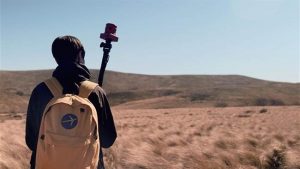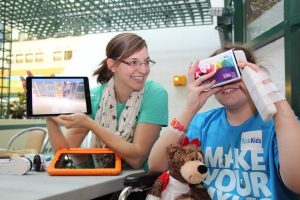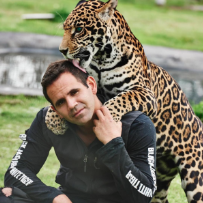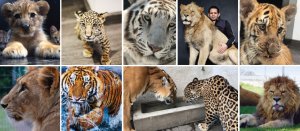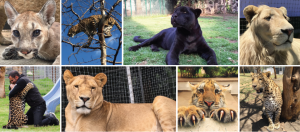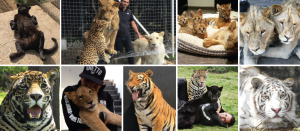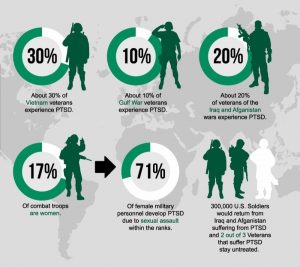The leading cause of death in the United States for people aged 15-24, our age group, is car accidents. What is the second? Suicide. Among all age groups, another life is lost every 13.7 minutes to suicide. That’s 105.8 people a day, 38,364 per year. For every 100-200 attempts in youths, there is 1 completed act. This is a huge problem in the United States.
Suicide is 100% preventable, if the signs are noticed and action is taken. In 80% of suicides someone didn’t say something when they saw warning signs. This program will assist in making high school through college students aware of the signs of suicide and how to take action to prevent it.
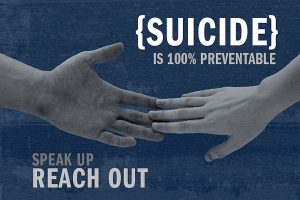
Warning signs include acquiring a gun or stockpiling pills, talking about wanting to die or kill oneself, impulsivity or increased risk taking, giving away prized possessions, self-destructive acts (self-mutilation), increased drug or alcohol abuse, talking about having no reason to live, mood changes, ideation, and social isolation/withdrawal. Problems that increase suicide risk include prior attempts, mental health disorders, history of trauma or abuse, family history of suicide, and *lack of social support*.
Some things you can do to help prevent suicide includes asking them directly, listen to them, show you care, contact their parent or a counselor, and whatever you do, do not leave them alone. It is better to have them be mad at you for a couple weeks than be gone forever.
This application involves a series of videos with the user making a choice at the end of each video. The choices made influences the overall outcome of the video. The user starts out having a conversation with their “friend” who is suicidal. Over the course of the video, warning signs are revealed. The user gets to choose what they do when each opportunity is presented. After the last decision, the suicidal person either thanks the user for doing something when they saw the warning signs or the user is at the suicidal person’s funeral.
The difference between this application and others is the character in the application that is suicidal is like your friend and the user’s choices influence the outcome. The goal is to invoke empathy and splagna within the user, as well as educate people about the warning signs of suicide and how to intervene. Know the signs, save a life.

Sources
Lesser, Loryn. “Adolescent Suicide: Prevalence; Circumstance; and Conditions of Recognition”. November 2017. PowerPoint Presentation.
